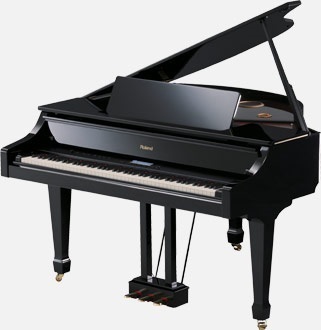SELF-EVALUATION
1. What can I do now that I couldn't do before?
Now more vocabulary and more grammar therefore I understand and speak better English.
2. What do I like most?
I like most de reading.
3. What do I do well?
I do grammar and writing exercises better.
4. What am I confused about?
I believe that in listening and in some pronunciations of some words.
5. What do I need help with?
I need help in pronunciation and listening.
6. What do I do in English outside the class?
I do the exercises that are sent, I study daily. I do exercises on the computer and I also go to classes two days a week.
7. What do I need to improve?
The listening, writing.
8. What did I learn about culture?
Everything that Abi explains in class.
